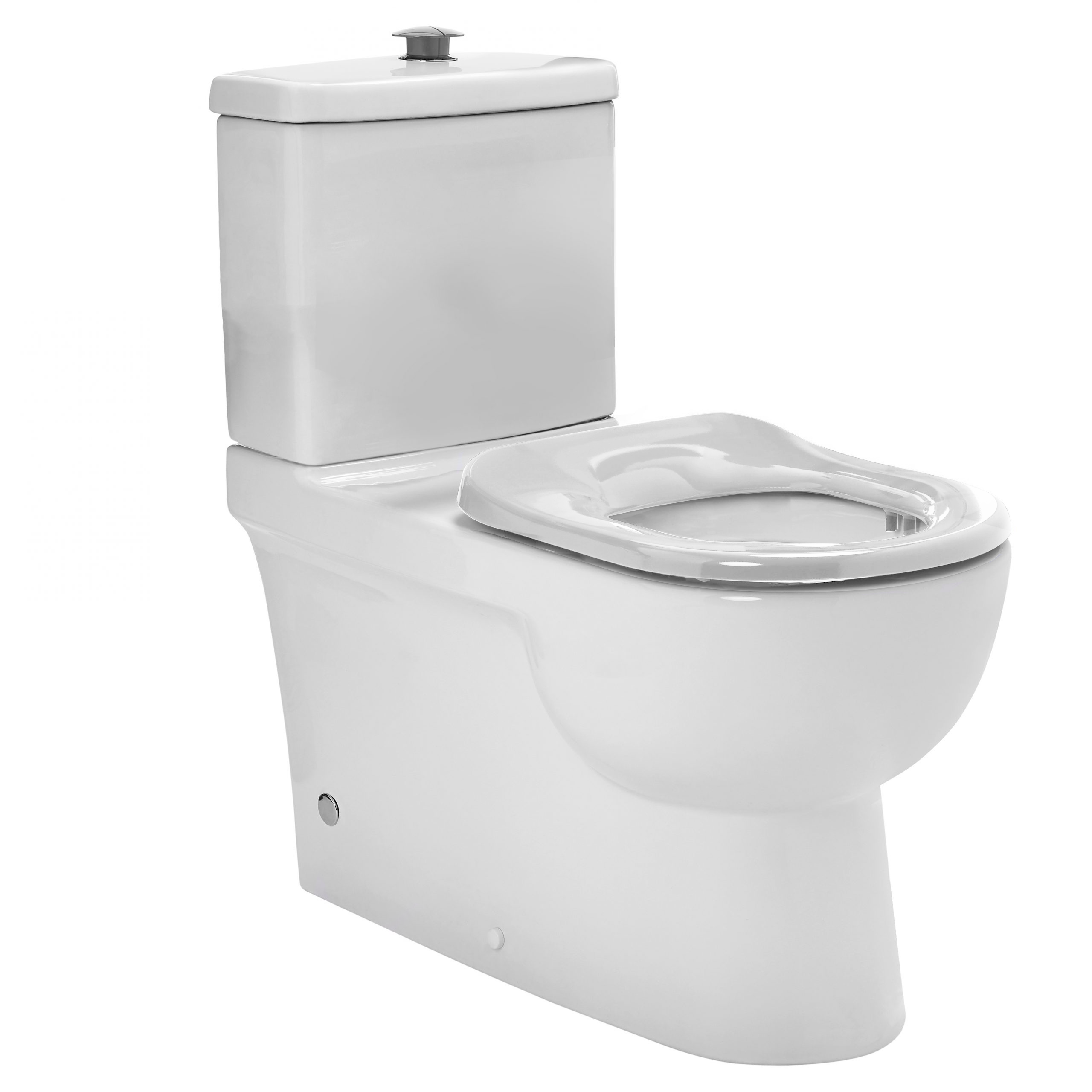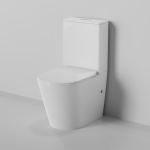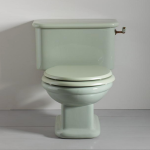Toilets are fundamental fixtures in modern plumbing, yet their inner workings can seem complex. By delving into the anatomy of a toilet, we can better understand its various components and how they function together to ensure efficient operation. This comprehensive guide will explore each part of a toilet, from the bowl to the tank, and discuss their roles in the overall system.
The Basic Structure of a Toilet
The Toilet Bowl: Function and Design
The toilet bowl is the visible part of the toilet, and it serves the primary function of receiving waste. Typically made of ceramic or porcelain, the bowl is designed to be durable and easy to clean. Its shape, which can vary from round to elongated, affects both comfort and efficiency. The bowl features a curved section known as the trapway, which is crucial for ensuring that waste and water are effectively transported away from the toilet.
The bowl’s design includes a rim and a siphon jet system. The rim contains small holes that release water during flushing, creating a cleaning action around the bowl. The siphon jet helps to initiate the siphoning action, pulling waste and water through the trapway and into the plumbing system. Understanding these components helps in troubleshooting issues like clogging or inefficient flushing.
The Toilet Tank: Key Components
The toilet tank is mounted above the bowl and is essential for storing and releasing water during flushing. It contains several critical components, including the flush valve, fill valve, and overflow tube. The tank’s primary function is to hold a reservoir of water, which is released into the bowl when the toilet is flushed.
The flush valve, located at the bottom of the tank, controls the release of water into the bowl. It is typically operated by a handle or a button, which opens the valve when activated. The fill valve, also known as the ballcock, regulates the flow of water into the tank after a flush. The overflow tube prevents the tank from overflowing by directing excess water into the bowl. Together, these components work to ensure a smooth and effective flushing process.
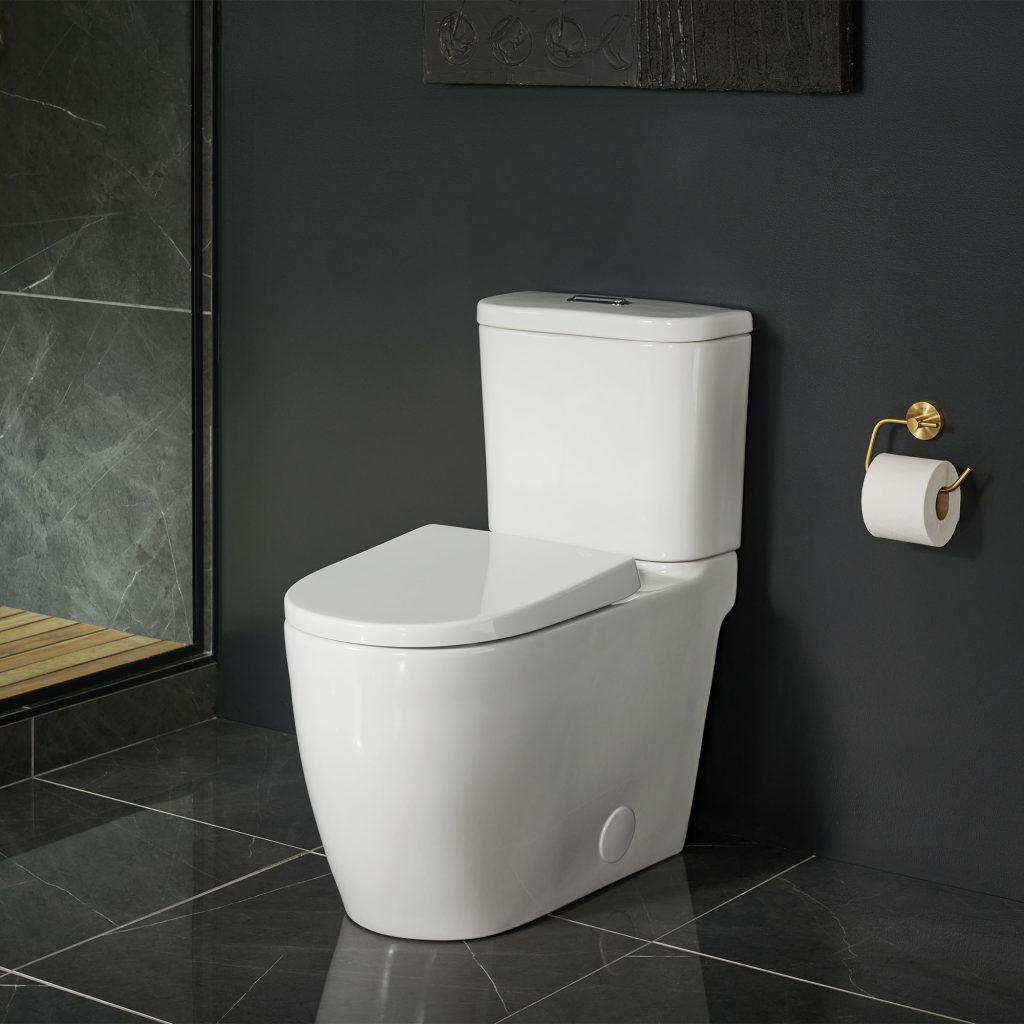
Internal Mechanics: The Flush System
The Flush Handle and Lever Mechanism
The flush handle is an integral part of the toilet’s flushing system. When activated, it operates a lever mechanism inside the tank, which in turn lifts the flush valve. This action allows water to flow from the tank into the bowl, initiating the flushing process. The design and placement of the handle can vary, but its primary role remains consistent across different toilet models.
The lever mechanism connects to a chain or rod that lifts the flush valve. This system must be properly adjusted to ensure that the valve opens fully and closes correctly after flushing. Issues with the flush handle or lever mechanism can lead to problems such as incomplete flushing or continuous running water. Regular maintenance and adjustment are necessary to keep the system functioning efficiently.
The Fill Valve and Its Function
The fill valve, or ballcock, is responsible for refilling the tank with water after each flush. It consists of a float mechanism that rises with the water level and triggers the valve to close once the desired level is reached. This ensures that the tank does not overflow and that there is always an adequate supply of water for the next flush.
The fill valve also includes an overflow pipe that prevents water from spilling out of the tank in case of a malfunction. If the fill valve is not functioning correctly, it can lead to issues such as low water levels in the tank or continuous running water. Regular inspection and cleaning of the fill valve are important for maintaining optimal performance.
Common Problems and Troubleshooting
Addressing Clogs and Blockages
Clogs and blockages are common issues with toilets and can occur for various reasons, such as excessive waste or foreign objects. The most common type of clog is a partial blockage in the trapway, which can be resolved using a plunger or a toilet auger. For more severe clogs, professional plumbing services may be required.
To prevent clogs, it is important to avoid flushing items that can cause blockages, such as paper towels or sanitary products. Regular maintenance, including periodic cleaning of the toilet’s components, can help prevent and address minor clogs before they become major problems.
Fixing Leaks and Running Toilets
A running toilet is often caused by a faulty flapper valve or issues with the fill valve. The flapper valve may not seal properly, allowing water to continuously flow into the bowl. Adjusting or replacing the flapper valve can usually resolve this issue. Similarly, problems with the fill valve can lead to water running into the overflow tube, which may require adjustment or replacement.
Leaks around the base of the toilet can indicate issues with the wax seal or bolts. Replacing the wax seal or tightening the bolts may be necessary to stop the leak. Regular inspection and maintenance of these components can help identify and fix leaks before they cause significant damage.
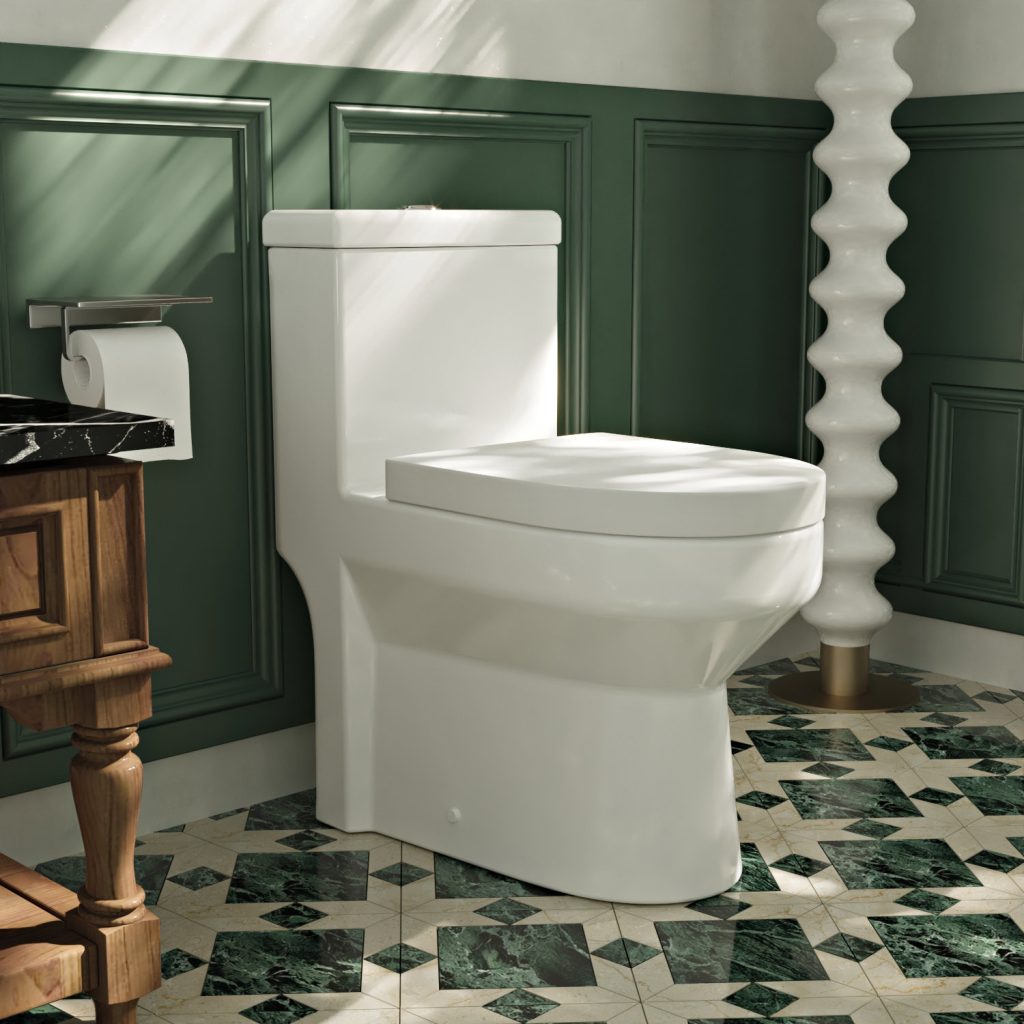
Maintenance Tips for Longevity
Regular Cleaning and Care
To ensure the longevity and efficiency of your toilet, regular cleaning and care are essential. Use non-abrasive cleaners and avoid harsh chemicals that can damage the toilet’s finish. Cleaning the bowl, tank, and exterior on a regular basis will prevent the buildup of grime and mineral deposits.
Pay attention to the areas around the flush handle, rim, and seat, as these can harbor bacteria and dirt. Regularly disinfecting these areas can help maintain a hygienic and pleasant bathroom environment. Additionally, check for any signs of wear or damage and address them promptly to prevent further issues.
Inspecting and Replacing Parts
Periodic inspection of the toilet’s components is crucial for identifying potential issues before they become serious problems. Inspect the flush handle, lever mechanism, fill valve, and flush valve regularly to ensure they are functioning correctly. Replace any worn or damaged parts as needed to maintain optimal performance.
Consider performing a full inspection of the toilet’s internal mechanisms at least once a year. This includes checking for leaks, ensuring proper water levels, and confirming that all components are operating efficiently. Regular maintenance and timely repairs will extend the lifespan of your toilet and enhance its overall performance.
Environmental and Efficiency Considerations
Water-Efficient Toilets: Benefits and Features
Water-efficient toilets are designed to reduce water usage without sacrificing performance. They use advanced flushing technology to minimize water consumption, which can lead to significant savings on water bills. These toilets are typically rated with a WaterSense label, indicating that they meet specific efficiency standards.
Dual-flush toilets are a popular type of water-efficient model, offering separate flush options for liquid and solid waste. This allows users to select the appropriate amount of water needed for each type of waste, further enhancing efficiency. Installing a water-efficient toilet is an effective way to contribute to environmental conservation while reducing household water usage.
Upgrading to Modern Toilets
Upgrading to a modern toilet can provide numerous benefits, including improved performance, water efficiency, and enhanced comfort. Newer models often feature advanced flushing systems, ergonomic designs, and additional features such as heated seats or bidet functions.
When considering an upgrade, assess your current plumbing system to ensure compatibility with the new toilet. Consult with a professional plumber to determine the best options for your needs and to ensure a smooth installation process. Investing in a modern toilet can enhance your bathroom experience and contribute to long-term savings on water and maintenance costs.
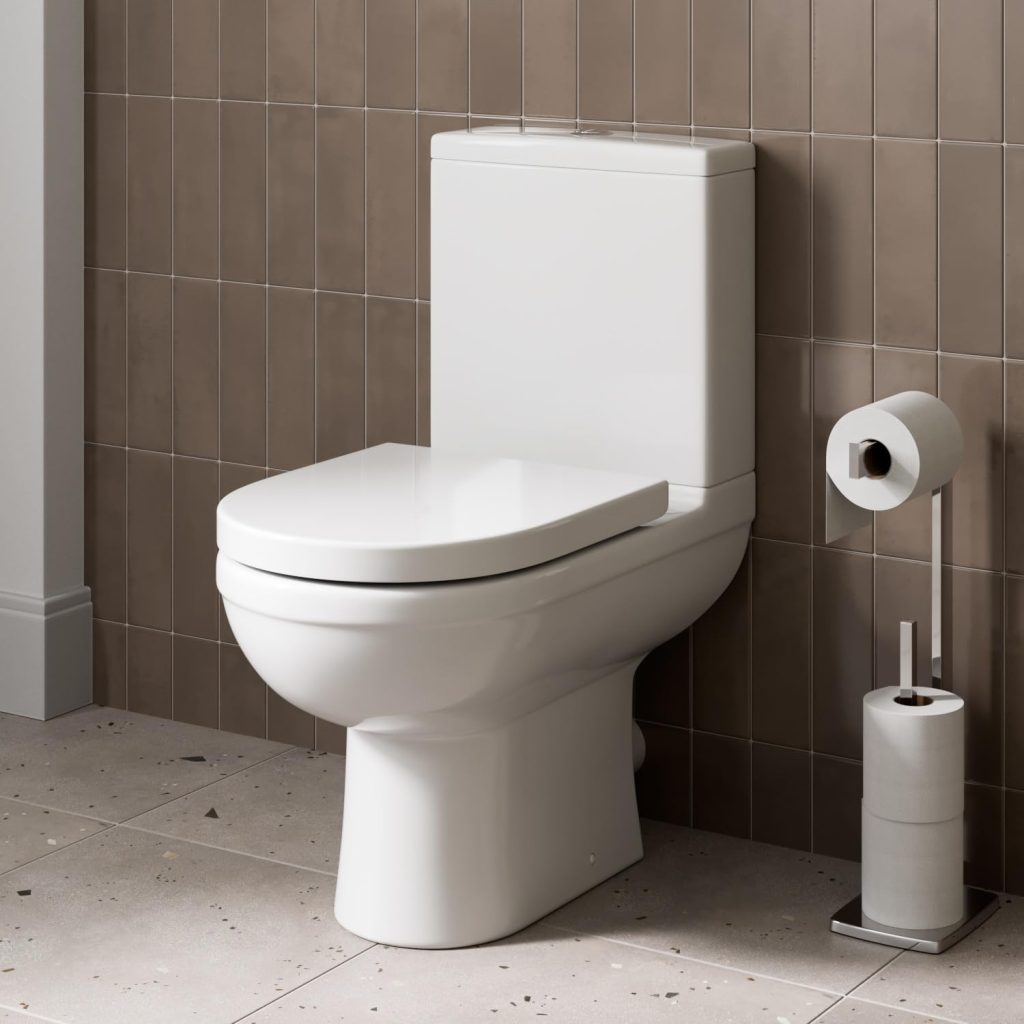
Conclusion
Understanding the anatomy of a toilet provides valuable insights into its operation and maintenance. From the bowl and tank to the internal mechanics and common issues, each component plays a crucial role in ensuring effective performance. By learning about these elements and their functions, homeowners can better manage their toilets, address problems efficiently, and make informed decisions about upgrades and maintenance.
Regular care and timely repairs are essential for keeping a toilet in good working condition. Embracing modern, water-efficient technologies can further enhance performance and contribute to environmental sustainability. With a comprehensive understanding of toilet anatomy, you can enjoy a well-functioning, efficient fixture that meets the needs of your household for years to come.
